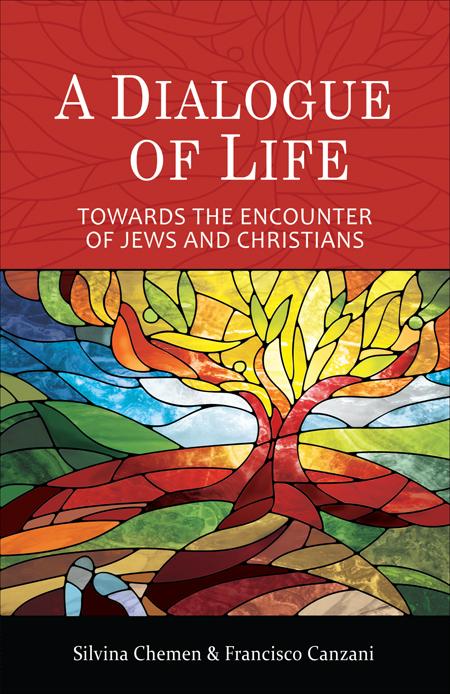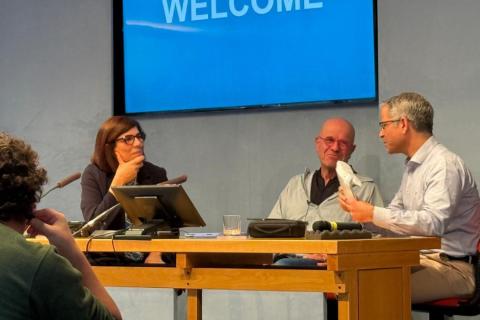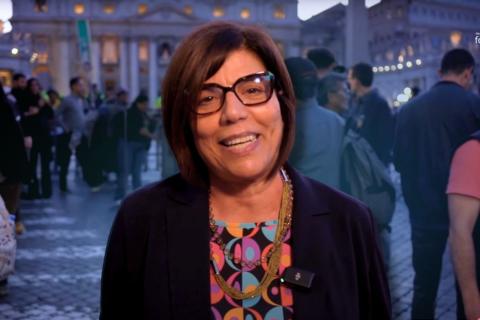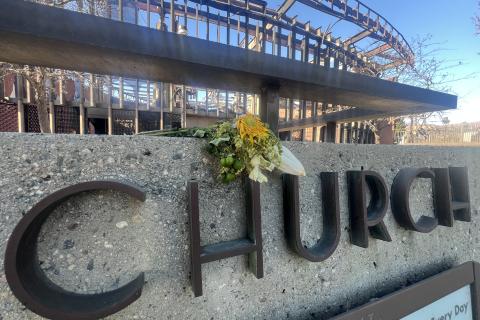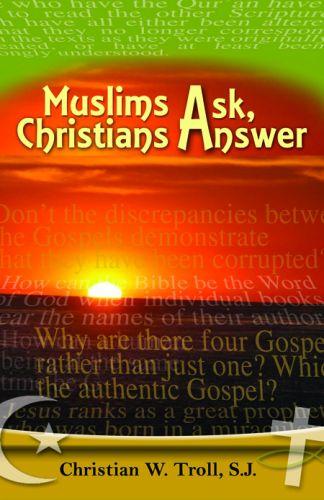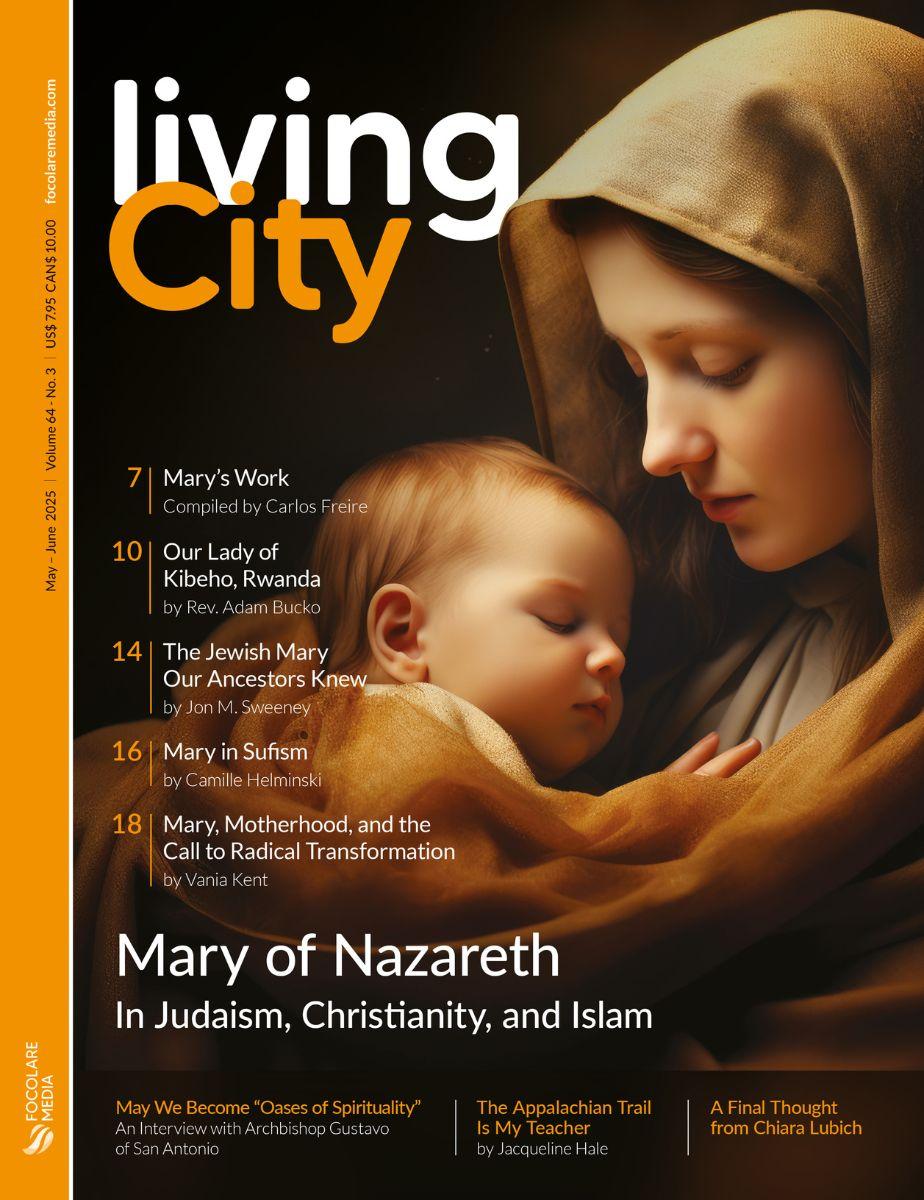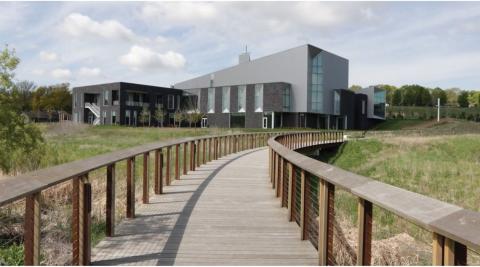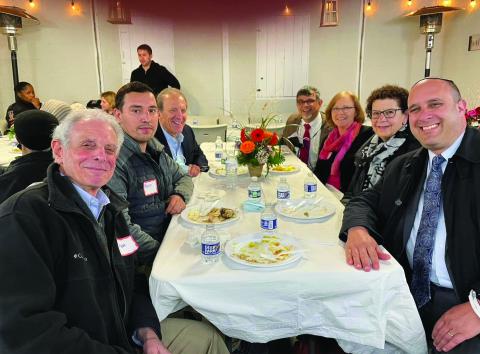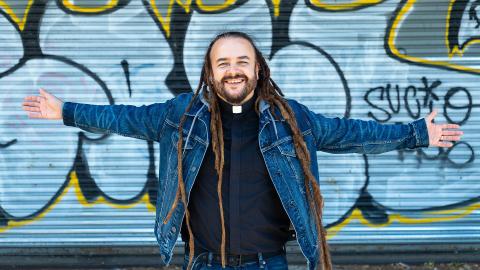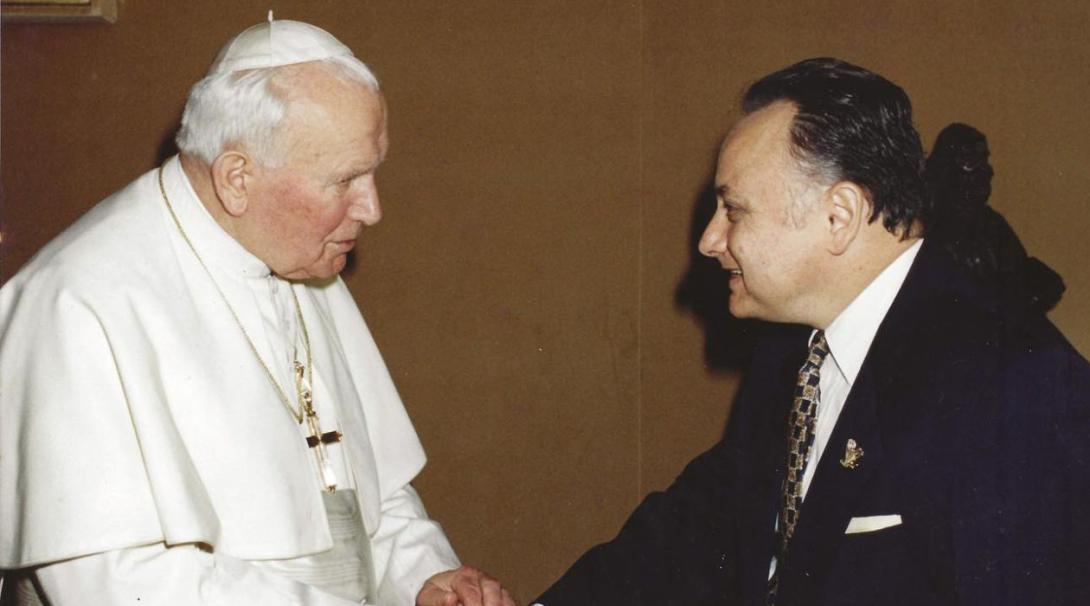
© Photo courtesy of Carlos Barbouth
Over a quarter of a century has elapsed since the first encounter of the Jewish Friends of the Focolare Movement. It took place from June 25-27, 1996 in the Mariapolis Center in Castel Gandolfo, as a result of Chiara Lubich’s determination to foster the relationship in terms that can best be understood in the words of the message she sent as the meeting began:
Dearest friends, Shalom!
Even though physically very far, I think about your gathering with so much affection and I feel as though I am there among you.
We are very happy of your presence, which for us also has the significance and the value of an encounter with the deepest roots of our faith.
How we would want to erase time, to void distance, to heal every wound and bring to life a new friendship that renders us fully participant not only in the immense patrimony that we have in common, but also in the rich spiritualities of the Jewish tradition and of the Christian one, which are often treasures hidden from each other!
But that is actually the purpose of our gathering! To foster the exchange of experiences, which shall give a worthwhile contribution to create a new and reciprocal understanding, to open wide horizons, and to make us a single family in which the diversities serve to enrich and the differences are handled in harmony.
This is a hope fully based on the help of Almighty God and on his blessing on those who live for peace and fraternity, for love and reconciliation.
Cittá Nuova, the Italian language equivalent of Living City, provided a detailed narration of the event under the title “Gli ebrei amici del movimento” (“The Jewish Friends of the Movement”), which covered not only the dynamics and variety of the proceedings, but the diversity of experiences and insights of the sixty attendees, which included Jews from the U.S., Argentina, Brazil, France, Switzerland, Israel, and Italy, accompanied by Focolare colleagues from their countries.
As Jewish president of the CFCJ –Conselho de Fraternidade Cristão-Judaica (Council of Jewish-Christian Fraternity), the Brazilian member of the International Council of Christians and Jews, I was invited by Ginetta Cagliari, because she felt it important that Brazil—where she was responsible for initiating and leading the Focolare Movement since 1959—be represented. Sandra Ferreira Ribeiro, then a Focolarina from Mariapolis São Paulo, also joined me in Castel Gandolfo.
Under the guidance of the joyful and unforgettable Natalia Dellapiccola, Chiara’s first companion, the convention focused on the topic, “Love of God and Neighbor.” It turned out to be a great surprise to discover the consonance between authentic Rabbinic tradition and the spirituality of the Movement. Three days of intense and fraternal coexistence demonstrated how the love of God could be experienced in harmony with others of a different faith or, in the case of the Jews, even with those of different currents of Judaism, be they Orthodox, Conservative, Reform, or not involved in any denomination.
Among the many notables present, I should highlight the involvement of the transcendent Rabbis David Rosen and Jack Bemporad, of the renowned Norma Levitt, of Lisa Palmieri of the ADL in Rome, of Dr. Joseph Sievers, and the then recently ordained Rabbi Michael Shevack. Congeniality filled the atmosphere, dialogue prevailed, and a musical evening with the attendees performing songs of their religious tradition was memorable.
Two years later, when Chiara visited Brazil to receive an Honoris Causa Doctorate from São Paulo’s Pontifical Catholic University, I remember Rabbi Henry Sobel presenting her with a kippah, which she immediately put on. Subsequently, in a private meeting which we held with Chiara, I had the privilege of presenting her with our fraternity council’s special award, a Diploma de Honra. Both that kippah and our diploma are now on exhibit at the Movement’s International See in Rocca di Papa.
Shortly thereafter she continued to Argentina, where she visited Mariapolis Lia in Buenos Aires. One highpoint of that visit was when she referred to the Holocaust: “That unspeakable pain of the Holocaust as well as more recent bloody persecutions cannot but bear fruit. We would like to share them with you, so that they will no longer be an abyss that separates us, but a bridge that unites us; that they might become a seed of unity.”
Many subsequent encounters have continued to take place in various locations worldwide, including some symposiums in repeat places such as Castel Gandolfo and Jerusalem. But the extent of the friendships made and consolidated during that first gathering in 1996 has borne fruit to this very day, leading to joint initiatives and cooperation across many lands.
If you enjoyed this article, you might like...


